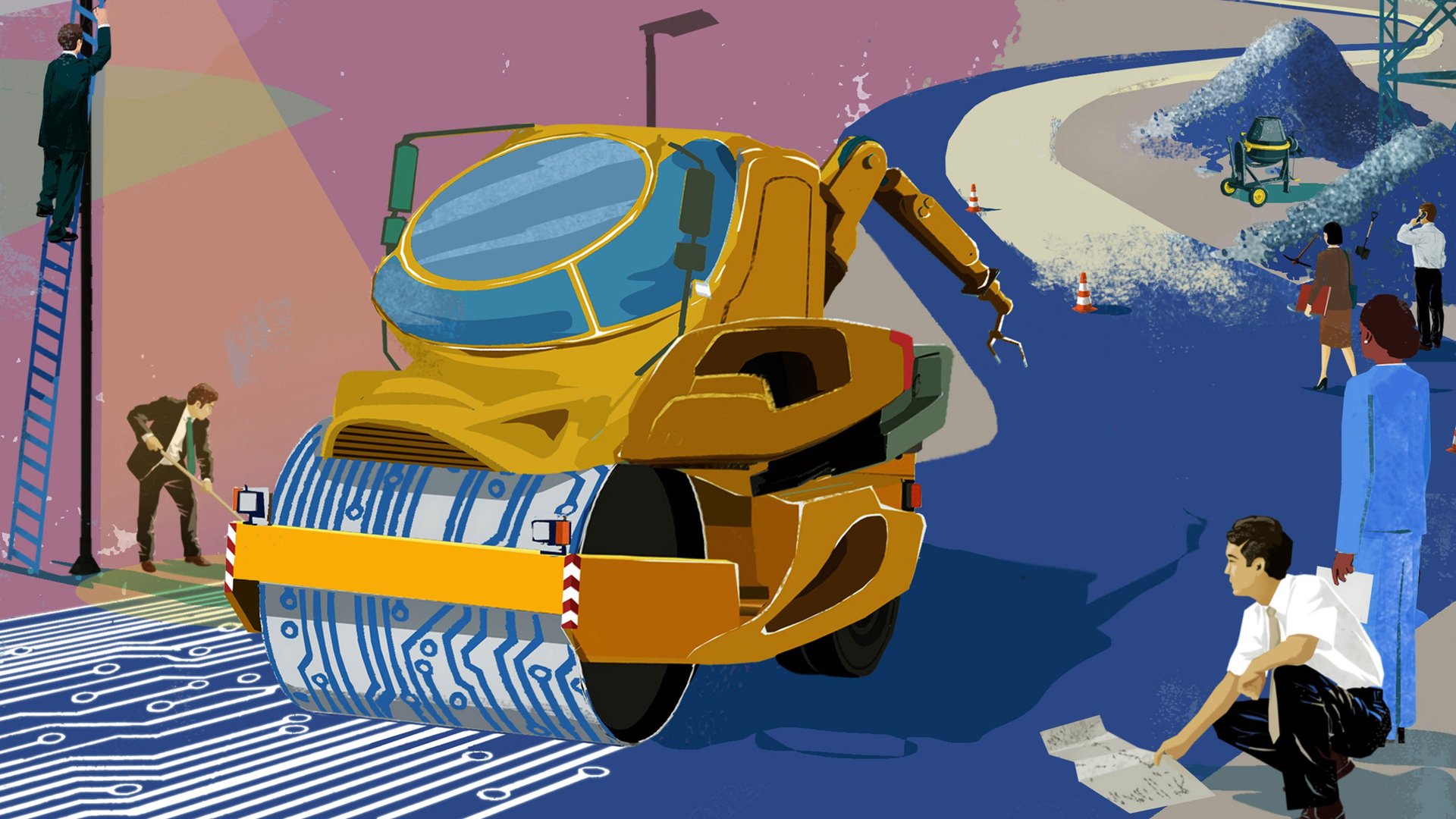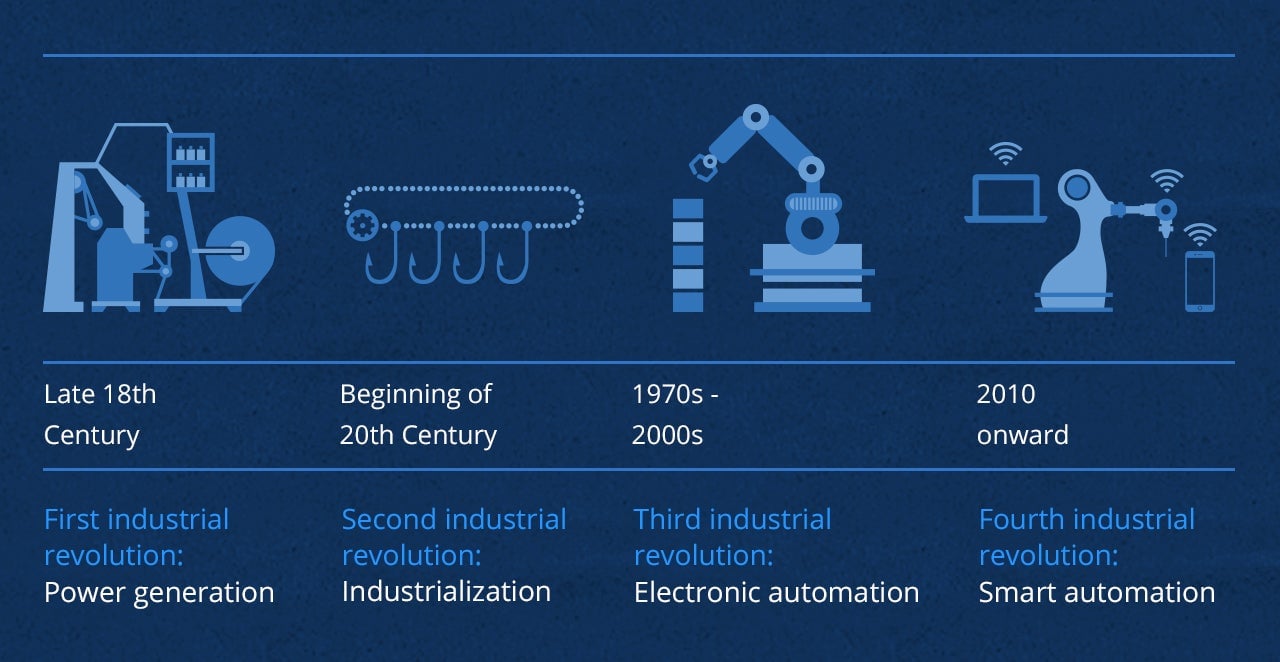How connected enterprises will need to navigate Industry 4.0
Today, the impact of data on physical objects is especially apparent through the continued rise of IoT. Less apparent, though, is how this new landscape is ushering in a new era of physical production and how manufacturers should correctly position themselves to utilize the technology in order to improve operations and fuel growth.


Today, the impact of data on physical objects is especially apparent through the continued rise of IoT. Less apparent, though, is how this new landscape is ushering in a new era of physical production and how manufacturers should correctly position themselves to utilize the technology in order to improve operations and fuel growth.
The marriage of operations technology with information technology is giving rise to what’s called Industry 4.0. Industry 4.0 (or SMART manufacturing) is the use of digital information to drive the physical act of manufacturing. This new state of connectivity means the possibility of smarter supply chains and more efficient end-to-end processes.
Inherent within manufacturing is the process of information creation, communication, and action. A typical process, for instance, begins with a design, drawing, or scan of a physical object that is then used to generate data. That data is then sent to a machine which executes the design and produces an object in the physical realm. Creating value in the form of products and services gave rise to the notion of a manufacturing value chain: the series and sequence of activities through which an organization transforms inputs into outputs, and ultimately sells, delivers, and continues to support those outputs for customers.

The traditional manufacturing value chain is generally considered to be linear, its singular focus on the production of physical objects. By augmenting the value chain with advanced technologies, however, information can be generated at various points along the chain and used to inform future outputs. The value chain is still linear—but far more dynamic. It is this leap from the digital back to the physical—connected technologies informing the creation of a physical object—that forms the foundation of Industry 4.0.
At the heart of advanced manufacturing lies the connected technologies of IoT (robotics, augmented reality, and high-performance computing, for example). When taken together they have the potential to impact manufacturing in profound ways.

Based on the IoT technologies that manufacturing leaders choose to employ during the feedback loop, they can improve business operations and achieve key objectives. The crucial element to success will be outlining what they want to achieve so they can correctly select the appropriate technologies that will help them meet their goals.
SMART manufacturing holds a vast amount of potential in terms of helping businesses address performance goals such as improving productivity, reducing risk, and building new revenue. While traditional methods won’t completely go by the wayside, it will be the combination of the right operations technology with the new opportunities of information technology that will push manufacturers—and the products they produce—forward.
Looking ahead
Companies planning to implement SMART manufacturing practices might face several challenges. While some may have an impact at the organizational level, others may exist within a broader ecosystem:
- Talent and workforce: Companies often face a shortage of talent to plan, execute, and maintain new systems related to Industry 4.0 technologies.
- Standards and interoperability: From a broader ecosystem-wide perspective, many of the systems underpinning Industry 4.0 applications are proprietary and can present integration challenges.
- Data ownership and control: As more stakeholders across the value chain become connected, questions will arise within the ecosystem regarding who owns the data generated and how to ensure appropriate privacy, control, and security.
- Security: Retrofitting old systems to new Industry 4.0 applications may increase security risks, as the old systems were not designed to be connected in this way.
See the complete DU Press report on how businesses should enter and navigate Industry 4.0.
This article was produced by Deloitte and not by the Quartz editorial staff.